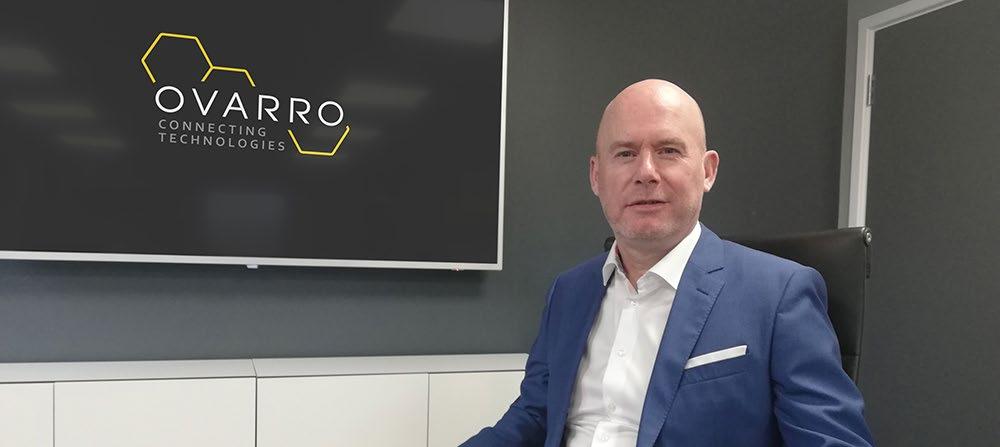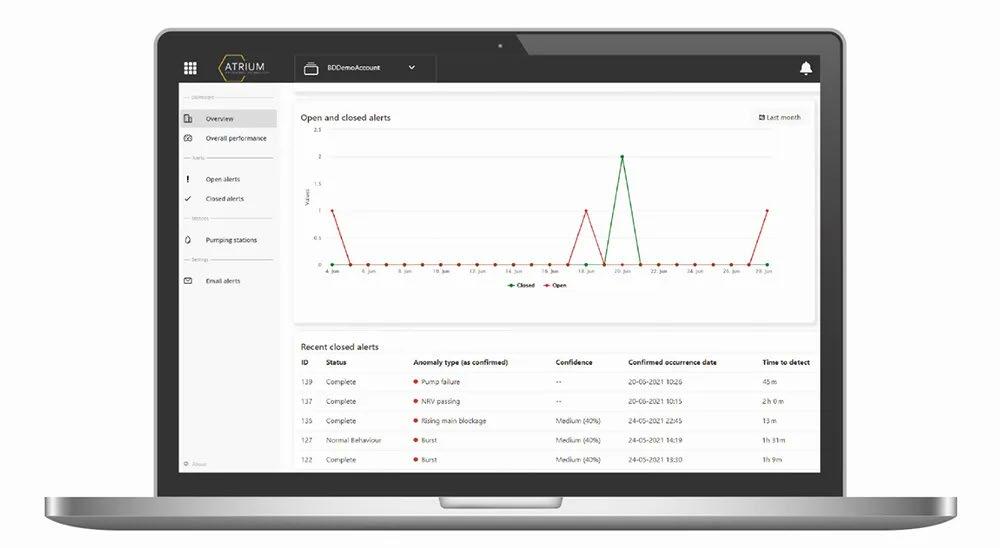
6 minute read
Exclusive interview: Dr. Tali Harif, 374Water
Tackling the PFAS problem
Advertisement
The good news is that awareness of the PFAS problem has exploded. Major governmental entities, including the European Union and by the European Chemicals Agency and ECHA, and the United States Environmental Protection Agency (EPA), are pursuing action to combat the issues surrounding PFAS.
In Europe, legislation for discharges of PFAS in wastewater, including thresholds in drinking water, has been substantially more stringently regulated, and member countries enforce and allocate financial instruments to implement additional micropollutant treatment steps at existing water treatment plants.
In the U.S., a key development is the passage of the PFAS Action Act 2021 and President Biden’s allocation of $10 billion under the $1 trillion infrastructure bill to test for and filter PFAS from drinking supplies. This comes as the U.S. Environmental Protection Agency has called PFAS “an urgent public health and environmental issue facing communities across the United States.”
It has advocated the approach of getting ‘upstream’ of the issue by preventing PFAS from entering the environment and holding polluters accountable for their actions and for PFAS remediation efforts.
Technological advancements
M Vest Water has developed a ‘green’ flocculant called NorwaFloc®, which combines both polysaccharide-based flocculants and a highly charged coagulant in a single product that is applied in just one dosing step, using M Vest Water’s patented technology.
The combination of a biodegradable natural polymer with a highly charged coagulant leads to a complete natural product that achieves even better results compared to traditional synthetic polymers or other biopolymers.
NorwaFloc products are characterized by a significantly improved adhesion to the pollutants in the water and a clearly improved flocculation due to a higher utilisation of the charges. In fact, M Vest Water doubles to triples the charges of the most common and best coagulants available, and in addition, combines this with a flocculant in one and the same product. Normally these are sold separately.
The product was developed into formulations that can capture particles smaller than any other known flocculant/coagulant. In fact, M Vest Water developed a flocculant/coagulant that can capture molecular and dissolved pollution from water. To our knowledge, no other flocculant/coagulant in the world can do that.
NorwaFloc can, in a conventional coagulation/flocculation process, capture and flocculate dissolved components and low molecular toxins and colloids in the range from below 1 nm upwards and separate these out with the flocculate. The good news is that this ability applies for thousands of contaminants, including PFAS and micropollutants. The specialised NorwaFloc products are able to remove dissolved components in water smaller than 1 nm by capturing and growing them in seconds into large conglomerates easy to separate in any conventional separation device.
The disruptive advantage is that by simply dosing and mixing the NorwaFloc product, these nano pollutants in can be captured in NorwaFloc, which then agglomerates the PFAS molecules into large conglomerates comprising reacted NorwaFloc, which is very easily separated in existing standard water treatment equipment setup with no need for expensive add-on installations (e.g., ozonation followed by like activated carbon or membrane filtration).
In most cases, existing water treatment installations can be used, and in addition, M Vest Water has developed special adapted separation devices for the NorwaFloc that would efficiently remove PFAS from drinking water and wastewater. The NorwaFloc product has been verified to efficiently remove a large number of the most common PFAS products and that this can be done by simply applying NorwaFloc upstream ‘off the shelf’ media filtration.
NorwaFloc applications
NorwaFloc may substitute any coagulation/flocculation additive in flotation, sedimentation, or mechanical separation of pollutants in wastewater. NorwaFloc is an all-round product that functions in a wide pH range, in hot or cold water, in potable or saline water, for removal of dissolved and suspended contamination in water.
Beside its innovative use to remove PFAS, the product is applicable for general water treatment in almost any kind of water from drinking water to municipal wastewater to industrial, agricultural and aquacultural water and wastewater and even sludge dewatering.
Solving the PFAS problem is a challenging and demanding task, and technological innovation is critical to addressing it. One of the most powerful and promising strategies is to look to green solutions such as those being pioneered by M Vest Water that not only cause no harm to the environment or people around the world, but also can actively and cost-efficiently reduce the amount of these substances going into the land and water, and ultimately affecting our health and wellbeing.
New year brings resolution on pollutions
With sector-wide recognition that a step-change is required to deliver the environmental improvements required by all stakeholders, a new year brings fresh opportunities for supplier and water company collaboration, writes David Frost, chief executive of Ovarro.
Asmarter approach to network management is now non-negotiable for the water and wastewater industry, which has historically been conservative in the adoption of data-led solutions. The good news is that at all levels, this is now clearly recognised; commitments have been made and mechanisms put in place to enable innovation and collaboration in 2022.
During 2021 it became clear that communities have ever-strengthening connections with their local water environment. Any detrimental impact this industry, or any other, may have on the quality of rivers and seas is no longer acceptable in the eyes of customers.
This is reflected in the intense scrutiny from regulators, politicians and the media we have seen over the past 12 months, most recently in the Parliamentary Committee on Water Quality in Rivers, in measures set out in the Environment Bill and the government’s Storm Overflow Evidence report.
Ofwat’s PR24 performance commitment document PR24 and beyond, published in November 2021, recognises that an outcomes-based approach to PR24 will include pollution incidents and environmental performance.
The Environment Agency’s latest environmental performance report also made clear its expectation for a “trend to zero serious pollutions”. The agency says it will always seek to hold those responsible for environmental harm to account, with the report noting fines for environmental offences were starting to reach the same level as the highest fines for crimes in financial services.
We can expect more scrutiny in the year ahead – customer priorities are changing and expectations will only increase, as concluded by research published by the Consumer Council for Water (CCW), in July 2021. Ovarro has worked collaboratively with utilities to monitor their water and wastewater networks for more than 30 years. It is these close partnerships that allow our R&D teams to respond to specific industry needs and challenges, meaning we are able to support utilities with their environmental protection commitments.
One way in which we are doing this is through BurstDetect, a cloud-based early-warning system that detects rising main sewer bursts. This new technology was developed in collaboration with UK utilities, in direct response to the urgent challenge to reduce pollutions. Cost-effective and sustainable, the technology transforms existing data into actionable insight, while increasing real-time and predictive capabilities.
Across all areas of business and operations, having the correct technology and processes in place will set the stage for the water sector to regain customer and regulatory trust and, most importantly, ensure greater protection of treasured watercourses not only in 2022, but for decades to come.

For more information: Ovarro.com/BurstDetect










